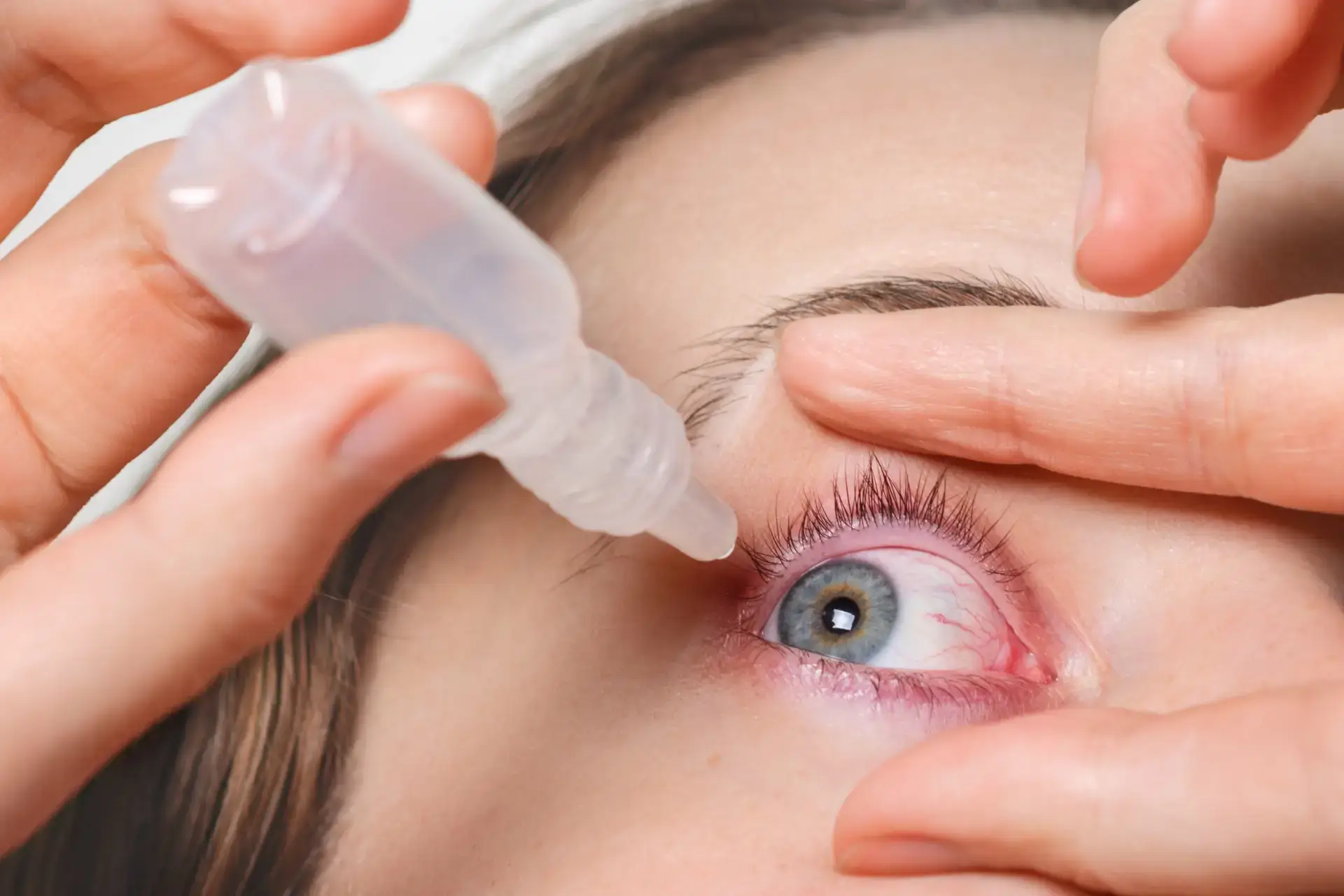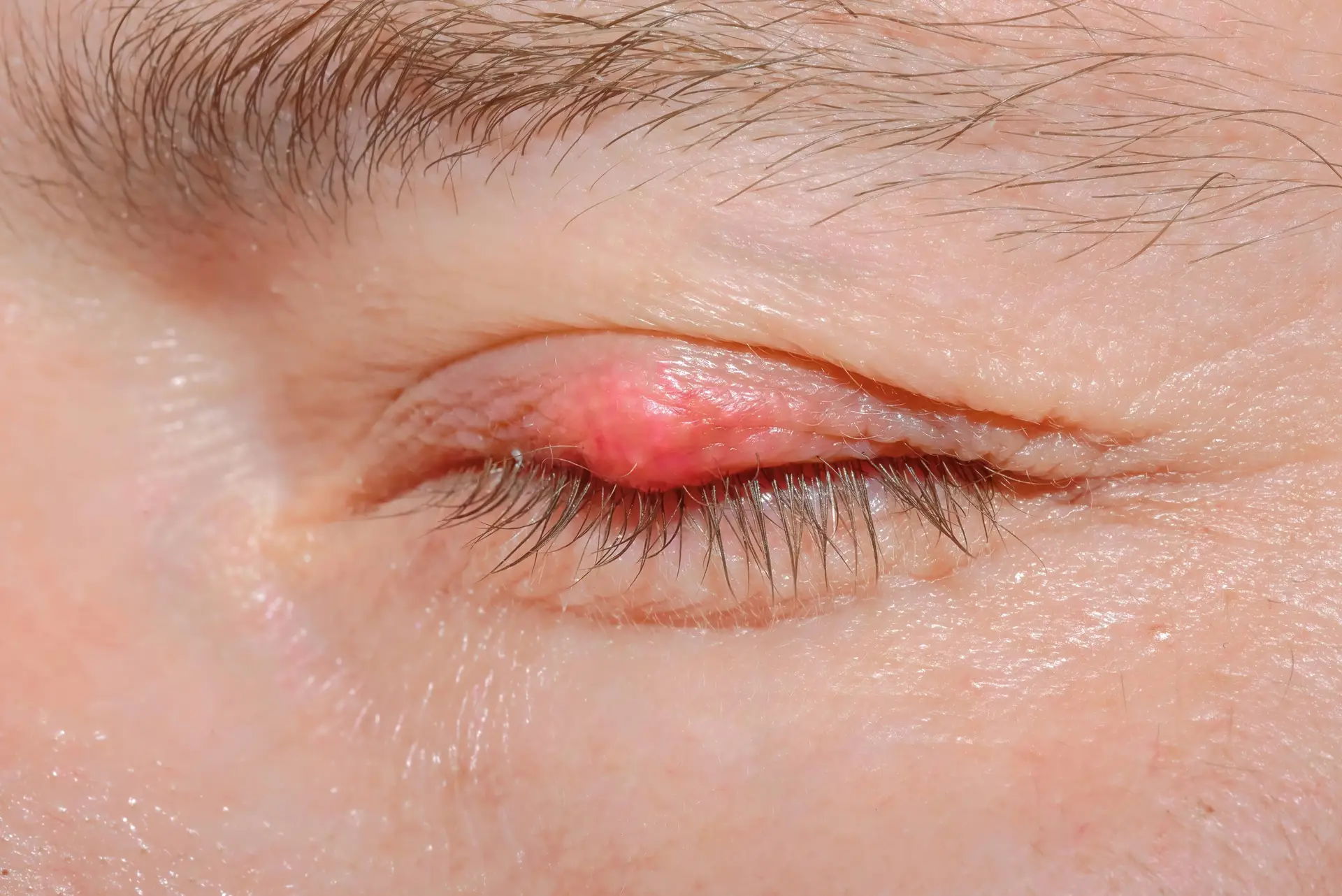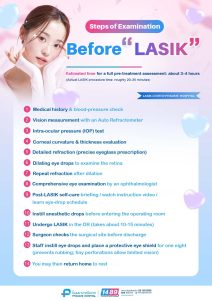- Eye Center
About
Services Available
The center specializes in the management of a wide range of eye diseases, including cataracts, glaucoma, retinal disorders, and corneal conditions. Using state-of-the-art diagnostic tools and modern surgical techniques, our team offers personalized care tailored to each patient’s needs.
- Comprehensive Eye Examinations: Routine check-ups and assessments to detect and monitor various eye conditions.
- Treatment of Eye Diseases: Management of conditions such as glaucoma, cataracts, diabetic retinopathy, and other retinal disorders.
For patients requiring cataract treatment, we offer advanced multifocal intraocular lens implants, allowing for improved vision at multiple distances. Additionally, the center includes specialized ophthalmology clinics where experts provide consultations and guidance, ensuring patients receive the best possible care and treatment options for their eye health.
- Cataract Surgery: Utilizing multifocal intraocular lenses to restore vision at multiple distances.
In addition to treating vision abnormalities, we offer specialized ophthalmology clinics for the diagnosis and management of various eye diseases. These clinics allow ophthalmologists to provide expert consultations, offer tailored treatment plans, and guide patients in making informed decisions about their eye health.
- Specialized Clinics: Focused care for specific conditions, providing expert consultations and tailored treatment plans.
The following are treatment options available at the Eye Center.
The Ophthalmology Center offers the following treatment options:
- Monofocal IOL: A single-focal lens that provides clear distance vision but requires glasses for near work, such as reading.
- Multifocal IOL: A lens that provides multiple focal distances, reducing the need for reading glasses.
- Trifocal IOL: A lens that provides clear vision at distance, near, and intermediate distances.
- Extended monofocal IOL: A lens that provides clear vision at distance, near, and intermediate distances. The lens is more prominent at the intermediate distance.
- Toric IOL: A single-focal lens that corrects astigmatism.
- Trabeculectomy – Creates a new drainage pathway for fluid.
- Aqueous Shunt Surgery – Implanting a drainage tube for IOP control.
It is recommended that people with diabetes undergo annual retinal screening.
Advanced diagnostic and treatment technologies include:
Optic Nerve Transplantation (OCT): An advanced diagnostic technology.
Panretinal Photocoagulation (PRP) laser treatment: Involves applying a laser to the entire retina to prevent further retinal lesions.
Anti-VEGF injections: Used to treat retinal conditions and prevent vision loss.
- External DCR – Traditional method with a 95% success rate but leaves a small scar.
- Endoscopic DCR – Scar-free, minimally invasive, with a 98–99% success rate.
Piyavate Hospital uses Endoscopic DCR for faster recovery and better cosmetic outcomes.
















